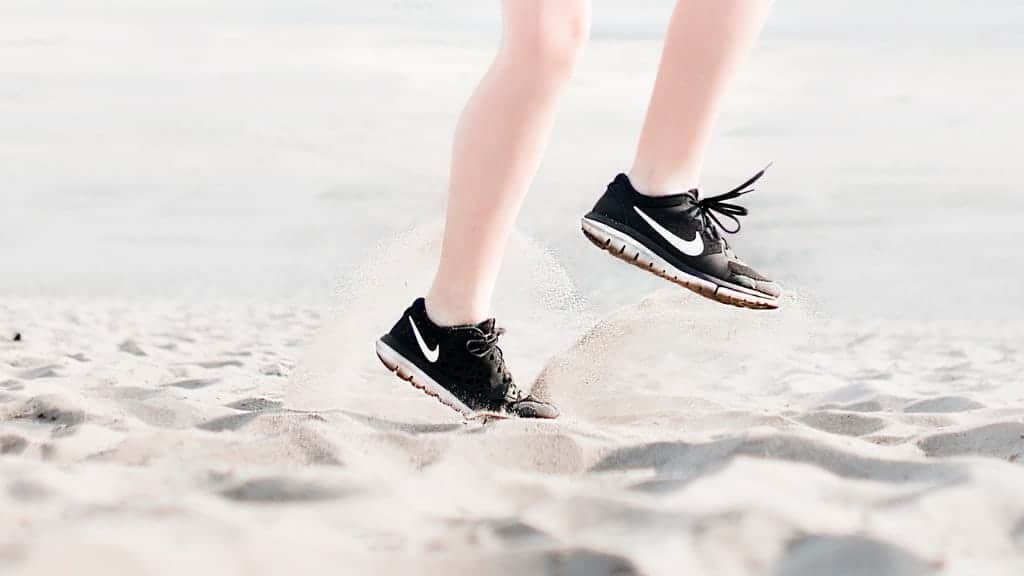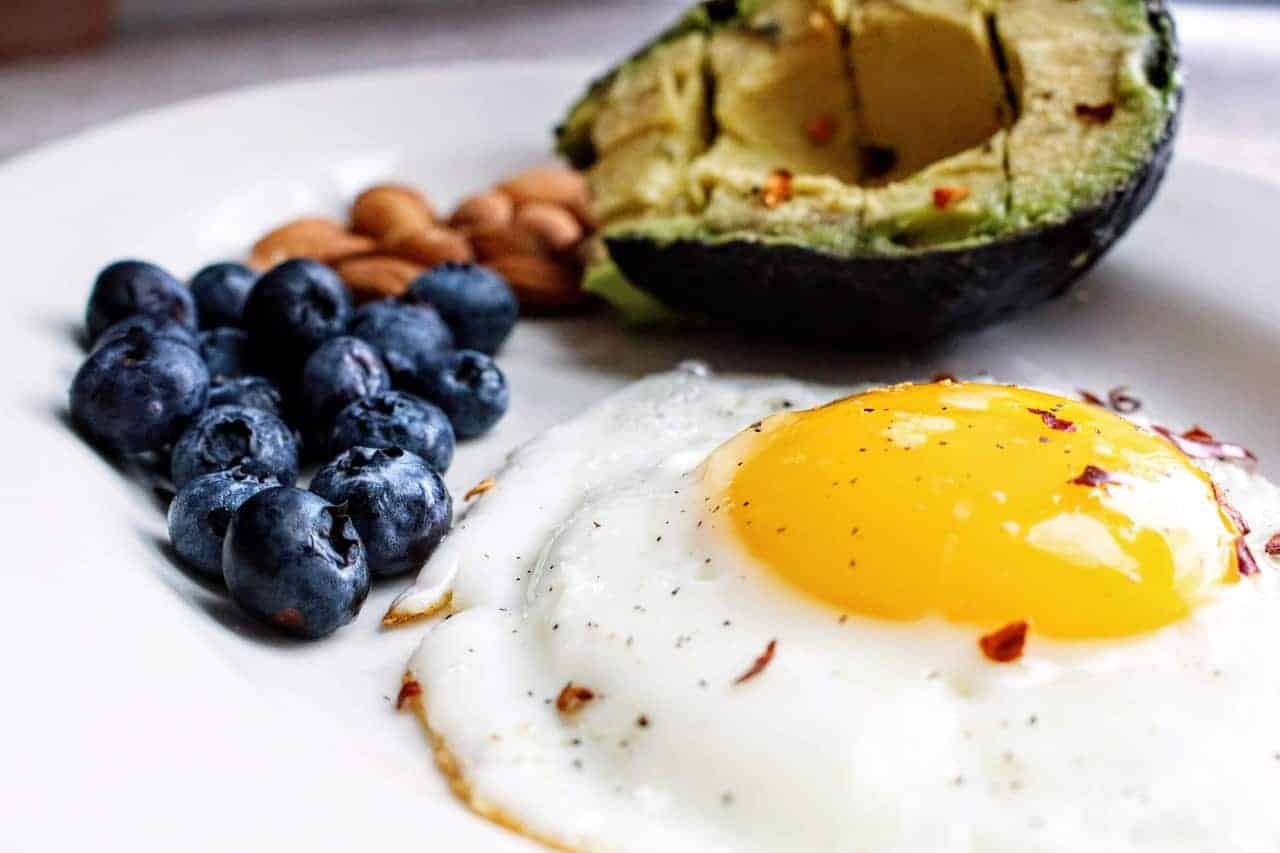Tony Robbins, Eckhart Tolle, Wayne Dyer, James Arthur Ray, Dale Carnegie, Jen Sincero, Maya Angelou—-what do all of these people have in common? They are noted self-help gurus and world shakers–and they have developed good habits. These are people who have made their imprint on life and on society in ways that the rest of us note as significant and life-changing.
Developing Habits to Help You Regain Control
If you have ever been on a quest to improve your life and regain control over aspects of your daily grind that are less than savory, congratulations! You are likely to know a few of these names listed. Who knows? You may have attended a talk, read a book, or even attended a seminar by one of these individuals. You might have found it life changing. Perhaps, even, you may have begun to implement good habits and make lifestyle changes to improve the quality of your life. Along the way, it is certain that you must have questioned the validity of the teachings before you. And you began to wonder what kind of process these individuals must have undergone in order to go from “mortal joe” to self help guru status?
Undoubtedly, the rise of any self help guru is no doubt fraught with danger, intrigue, despair, and a smattering of low self-esteem. Yet, each of them rose to the challenge, accepted their flaws, and tirelessly worked to overcome them. Establishment of good habits that were completely different from what they had known before became essential on their rise to glory.
The Rise to the Top
Tony Robbins was living in someone’s laundry room, writing affirmations on the bathroom mirror every morning. Yet, he refused to give in to limited thinking that kept others stuck in obscurity.
Eckhart Tolle suffered from severe depression until the age of 29. Then, he was forced to look inward for the answers to the peaceful life he sought.
Maya Angelou overcame a history fraught with rape, childhood trauma, and the challenges of being a single mother. But she rose to become one of the most influential women in American history. What do all of these people have in common? And what good habits and practices do they follow on a daily basis to keep making a difference in the world? Finally, what qualifies them to be labeled as “self-help gurus”?
Habits that Popular Self Help Gurus Practice
Simple. They refused to let their past, present, or future circumstances define who they were to become.
Overcoming adversity
The fact is, everyone has adversity in their lives; everyone has unsavory experiences as part of a past and perhaps present that they would rather forget. Many of us don’t know what to do with our mental and emotional baggage, and we carry it with us for years, allowing it to affect our choices, our careers, and even our relationships.The point of power that someone who is committed to self-improvement inevitably comes to is the moment when they decide that they are not the sum total of their circumstances, but their self worth lies in what they do from that moment forward. They begin to replace bad habits with good habits as they learn that true power for change lies within. Asking critical questions in an attempt to change their lives becomes critical as they evaluate
- What choices and life events led them to this point
- Which core beliefs were shaping their reality
- What core beliefs were no longer serving them
- How long they wanted to continue dealing with current limitations
- What good habits can they create to sustain a life that is constantly improving
Asking and answering these questions honestly pointed them in a direction of learning to blast through limitations, shrug off limiting beliefs and bad habits, and to literally transform their lives, one positive choice at a time.
Have they arrived?
Asking any self-help guru if they feel as if they have “arrived”, or achieved everything they set out to, is almost laughable, given the ongoing transformation they have had to endure to keep life moving in the direction of their choosing. Most of them would tell you that self-improvement is an ongoing process; one that never stops, one that should never stop, and one that is well worth any turn and twist in the road to get to greater peace, happiness, and joy. They would likely all tell you that they practice several daily habits that contribute to their self-improvement plan, and it would be very wise of you to glean from this conversation those habits that they practice to attain their states of enlightenment. Just what do these self help gurus do on a daily basis, and how does it impact the quality of their lives?
They practice self-care
These self help gurus will tell you that they cannot give unless they are healthy and well themselves. So they eat well and meditate. Doing what they can to practice impeccable self care sends a message to their psyche that “they deserve it.” Indeed, they understand that they should care for themselves before tending to everything else in their lives. You too can begin these practices of self care. Starting small by making dietary changes can improve your mental and physical health in profound ways that impact not only you, but those around you. Making small and steady steps in the direction of improving your self care techniques will transform your inner world as well.
They visit the inner “teacher”
Our world is a very busy, chaotic, noisy place, filled with distractions that can take us away from our core issues. Being willing to turn inward and learn from the wisdom of the spirit fire living inside of you will tell you more about yourself than any self help book or seminar will, no matter how much you pay for it. Be quiet, be humble, and be willing to listen to what your inner spirit is saying to you about your life and your truest desire to express love and light on this planet.
They get things done
Whether it’s dropping the dog off at the vet or returning that list of phone calls that you put on hold the previous day, these go-getters get the job done consistently. They maintain organization and follow through with obligations, making sure that they improve their effectiveness on a daily basis. For those times when it’s not so easy to blast through a list of “to-do’s”, they practice compassion for themselves and others, realizing that part of growth is the realization that everyone has down days. Nevertheless, they persist.
They do things to improve the lives of others
There’s a compelling reason our self help gurus have risen to this status. And that is because they are willing to do what it takes to improve the lives of others. They realize that it’s not all about them, and that giving back is essential to creating a quality life and quality relationships on this planet. Connecting with others and providing services of value, no matter how insignificant they may seem to others, is where it’s at. This feeds the soul and makes the heart sing, and this is where true self-actualization finds its fullest expression.
They commit to learning something new each and every day
It doesn’t matter if they take time to read about world events, fostering a new skill or acquiring a new asset. A person who is committed to self-improvement will never stop learning, period. They are passionately committed to the health and development of their selves. And, they realize that this translates into their ability to help others as they cast off their limitations, their ignorance, and their past failures to become stronger and better equipped.
Knowledge is power. So learning to accept and assimilate new information becomes critical. And that fact is especially true in our fast-paced world where so much seems to be going haywire. Self-help gurus attend seminars themselves; they are avid readers, and they even enroll in courses designed to make them more effective at what they do. In addition, they acknowledge and play up their strengths. Additionally, they learn to downplay their weaknesses as they continue to learn more about themselves and the world around them. They are passionate advocates for change while at the same time practicing gratitude for the complexity of life.









